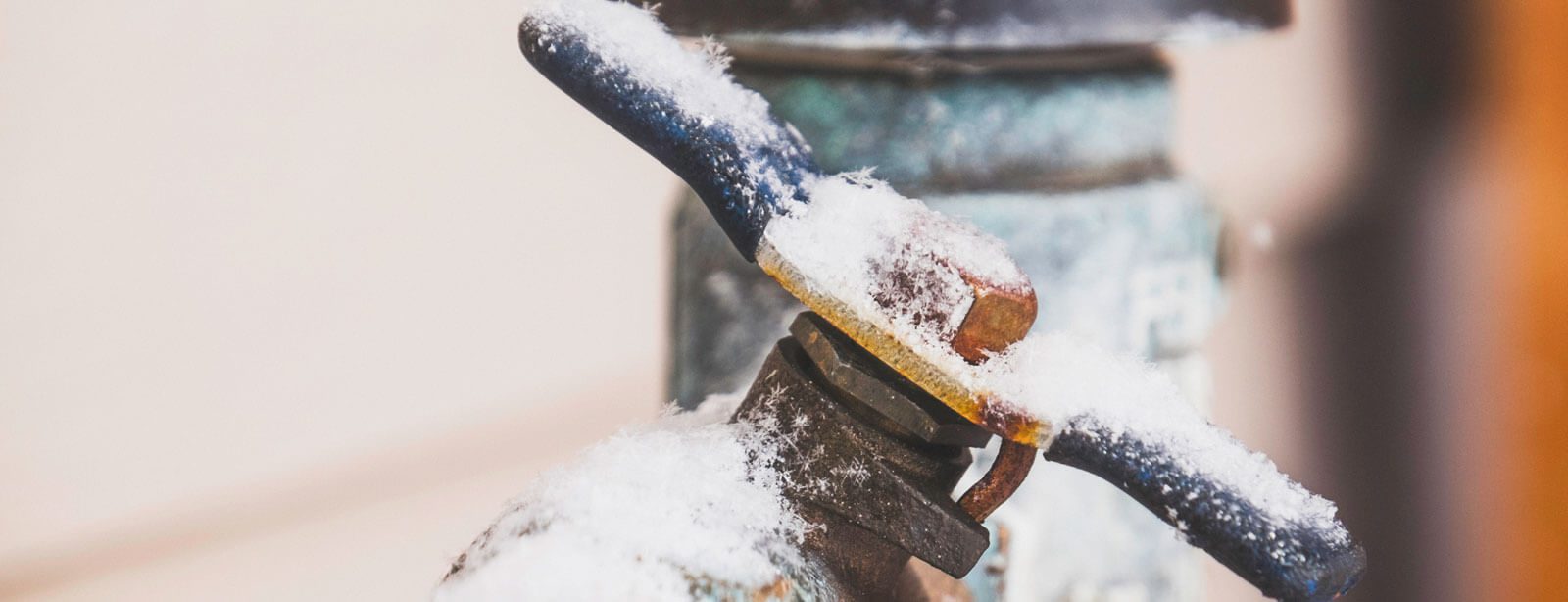Everyone is bound to have their private way of thinking with regards to 6 Ways to Prevent Frozen Pipes.

Cold weather can damage your plumbing, especially by freezing pipes. Here's just how to prevent it from taking place and what to do if it does.
Intro
As temperatures decrease, the risk of frozen pipelines boosts, potentially leading to expensive fixings and water damages. Recognizing exactly how to prevent frozen pipes is essential for homeowners in cool climates.
Recognizing Frozen Pipes
What creates pipes to freeze?
Pipelines ice up when subjected to temperatures below 32 ° F (0 ° C) for expanded periods. As water inside the pipes ices up, it broadens, putting pressure on the pipeline wall surfaces and potentially causing them to rupture.
Risks and damages
Frozen pipelines can lead to water supply disruptions, building damage, and costly repair services. Ruptured pipelines can flood homes and create substantial architectural damages.
Indicators of Frozen Piping
Recognizing icy pipes early can prevent them from breaking.
Exactly how to identify icy pipelines
Search for lowered water circulation from taps, unusual smells or noises from pipelines, and visible frost on revealed pipes.
Avoidance Tips
Protecting vulnerable pipelines
Cover pipes in insulation sleeves or use warm tape to protect them from freezing temperatures. Concentrate on pipes in unheated or exterior locations of the home.
Heating strategies
Keep indoor rooms appropriately heated, particularly locations with plumbing. Open cupboard doors to allow warm air to distribute around pipelines under sinks.
Protecting Outdoor Plumbing
Garden pipes and outside taps
Separate and drain pipes garden hose pipes before winter season. Set up frost-proof spigots or cover outdoor faucets with insulated caps.
What to Do If Your Pipes Freeze
Immediate actions to take
If you think frozen pipes, maintain taps open up to soothe stress as the ice melts. Use a hairdryer or towels soaked in hot water to thaw pipelines gradually.
Long-Term Solutions
Structural adjustments
Consider rerouting pipelines far from exterior wall surfaces or unheated areas. Add added insulation to attic rooms, basements, and crawl spaces.
Upgrading insulation
Buy top notch insulation for pipes, attic rooms, and wall surfaces. Appropriate insulation assists maintain constant temperatures and minimizes the threat of frozen pipelines.
Conclusion
Stopping icy pipes calls for proactive procedures and quick reactions. By understanding the reasons, indications, and safety nets, property owners can protect their plumbing during winter.
5 Ways to Prevent Frozen Pipes
Drain Outdoor Faucets and Disconnect Hoses
First, close the shut-off valve that controls the flow of water in the pipe to your outdoor faucet. Then, head outside to disconnect and drain your hose and open the outdoor faucet to allow the water to completely drain out of the line. Turn off the faucet when done. Finally, head back to the shut-off valve and drain the remaining water inside the pipe into a bucket or container. Additionally, if you have a home irrigation system, you should consider hiring an expert to clear the system of water each year.
Insulate Pipes
One of the best and most cost-effective methods for preventing frozen water pipes is to wrap your pipes with insulation. This is especially important for areas in your home that aren’t exposed to heat, such as an attic. We suggest using foam sleeves, which can typically be found at your local hardware store.
Keep Heat Running at 65
Your pipes are located inside your walls, and the temperature there is much colder than the rest of the house. To prevent your pipes from freezing, The Insurance Information Institute suggests that you keep your home heated to at least 65 degrees, even when traveling. You may want to invest in smart devices that can keep an eye on the temperature in your home while you’re away.
Leave Water Dripping
Moving water — even a small trickle — can prevent ice from forming inside your pipes. When freezing temps are imminent, start a drip of water from all faucets that serve exposed pipes. Leaving a few faucets running will also help relieve pressure inside the pipes and help prevent a rupture if the water inside freezes.
Open Cupboard Doors
Warm your kitchen and bathroom pipes by opening cupboards and vanities. You should also leave your interior doors ajar to help warm air circulate evenly throughout your home.

I found that piece about Preventing and dealing with frozen pipes while doing a search on the web. Loved our post? Please quickly share it. Let others discover it. I cherish reading our article about How to prepare your home plumbing for winter weather.
Schedule Services